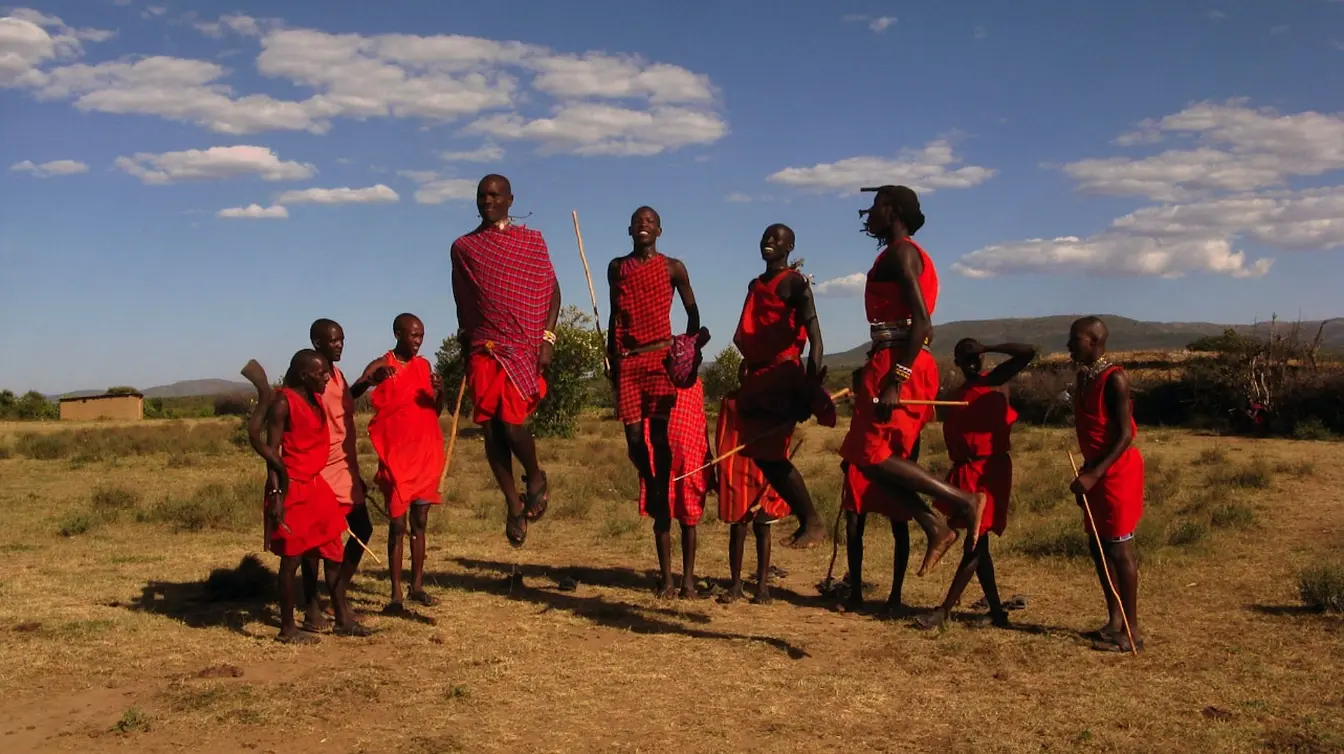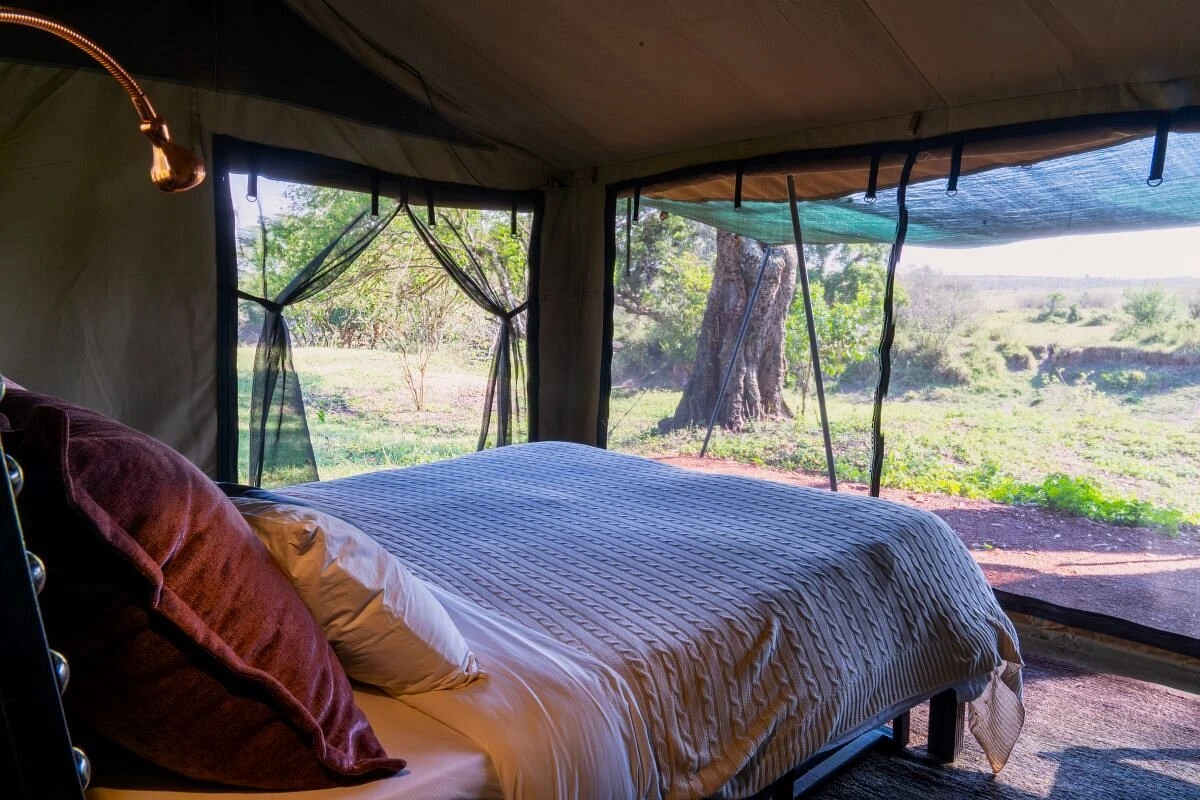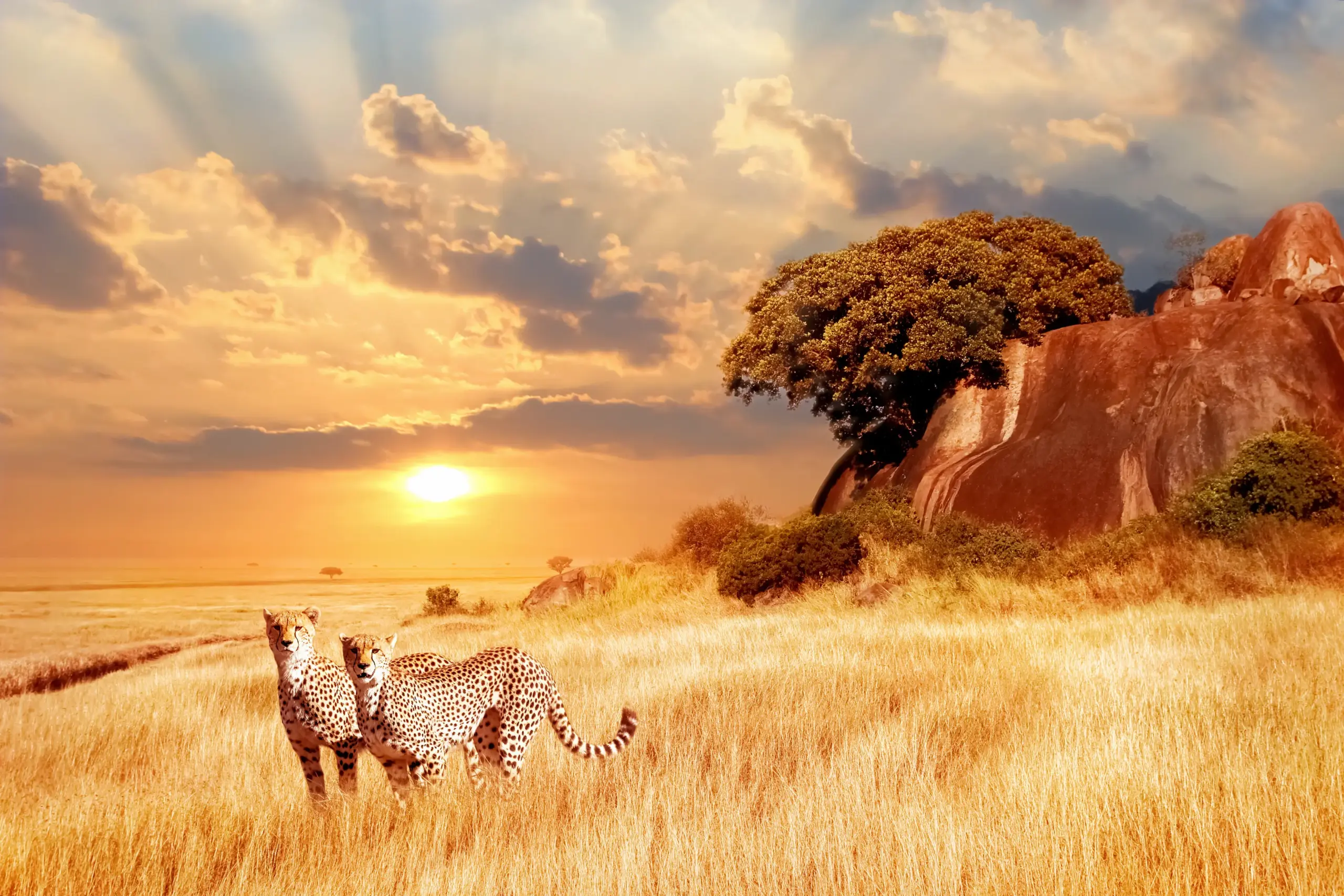The Great Migration in Masai Mara, Kenya
The Great Wildebeest Migration: Nature’s Most Breathtaking Wildlife Event
When nature calls, the herds answer—embarking on a journey where greener pastures await. Every year, over two million animals—including wildebeest, zebras, and other grazers—embark on a daring trek from the fertile plains of the southern Serengeti National Park to the lush landscapes of the Masai Mara. Recognized as one of the Seven Wonders of the World, this awe-inspiring journey is a must-see for any safari lover. As the herds navigate the northern Serengeti, they retrace an ancient path in pursuit of fresh grazing lands, solidifying their place in one of the most extraordinary events in the Serengeti-Mara ecosystem.
A Brief Look at the Great Migration
Each year, an astonishing 1.5 million wildebeest, joined by 400,000 zebras, 12,000 elands, and 300,000 Grant’s and Thomson’s gazelles, embark on a remarkable odyssey from the southern Serengeti to the Masai Mara. The phrase ‘Great Migration’ hardly captures the sheer scale of this breathtaking event. Driven by seasonal rains, shifting landscapes, and instinct, this endless movement unfolds over 800 kilometers in a sweeping clockwise loop across the Serengeti and Masai Mara ecosystems. The herds traverse vast terrains in search of nutrient-rich grasses and reliable water sources. While Tanzania’s Serengeti hosts them for much of the year, the fertile expanses of the Masai Mara provide a temporary haven. Witnessing the Masai Mara migration on a wildebeest migration safari is an unrivaled chance to experience one of nature’s most extraordinary spectacles.Visit Masai Mara: Highlights of the Great Migration
The Masai Mara transforms into a battleground as wildebeest, zebras, and gazelles surge forward on their relentless migration. Their path is fraught with danger—not just from stealthy big cats lurking in the grasslands but from the silent menace beneath the Mara River’s surface. Over 3,000 crocodiles lie in wait, their patience rewarded when the herds, driven by instinct, hurl themselves into the swirling currents. The spectacle is raw, chaotic, and mesmerizing. For a fleeting moment, the survivors find solace in the lush plains, feasting in abundance. But nature is relentless. When the rains fade and the earth begins to parch, the journey must begin anew.Showtime… when to expect the herds?
The legendary wildebeest migration is a dynamic natural event that typically unfolds between July and October in the Masai Mara National Reserve. However, the rhythms of the wild remain unpredictable—there’s no fixed date for river crossings, as rainfall patterns dictate when the herds move. Early or late rains can shift the migration’s timeline, making each year unique. That said, the Maasai Mara is a wildlife haven year-round. While the migration season attracts the most visitors, meaning you won’t have the spectacle to yourself, those seeking a quieter safari might prefer the private conservancies bordering the reserve. If you’re eager to experience the migration firsthand, here’s what to expect as the wildebeest journey unfolds from northern and eastern Serengeti to Central Serengeti and finally the Masai Mara.July
Late July signals the arrival of vast herds from the Serengeti, driven by the search for lush grazing land. This period offers the thrilling drama of the Mara River crossings, where thousands of wildebeest plunge into crocodile-infested waters, creating one of nature’s most breathtaking displays.August
By August, the majority of the wildebeest migrate into the Masai Mara. Lions, cheetahs, and leopards seize the opportunity, leading to dramatic hunting scenes that make for unforgettable safari moments.September
With the river crossings behind them, the herds settle into the Mara’s golden plains, enjoying a brief period of calm. This is an excellent month for game drives, as wildlife is plentiful, and sightings are spectacular across the reserve.October
As the short rains begin, the herds start their slow return to the Serengeti, drawn by the promise of new grass. By November, they are well on their way south, ensuring that the grand cycle of migration continues in an endless pursuit of survival.Plan Your Dream Masai Mara Safari
We hope this guide has given you valuable insights into why the Masai Mara is the perfect destination for an unforgettable safari. If you’re eager to witness the awe-inspiring wildebeest migration from Central Serengeti to the Masai Mara or need expert advice on choosing the ideal lodge, our team is here to help. From the thrill of river crossings to the best game-viewing spots, we’ll craft a safari tailored to your dreams.- Email: [email protected] | [email protected]
- WhatsApp/Phone: +254 748 258880
Welcome to AjKenya Safaris
Thanks for stopping by! We’re excited to help you plan an unforgettable safari.
- Phone: +254 748 258880
- WhatsApp: +254 748 258880
- Email: [email protected]
- Email: [email protected]





